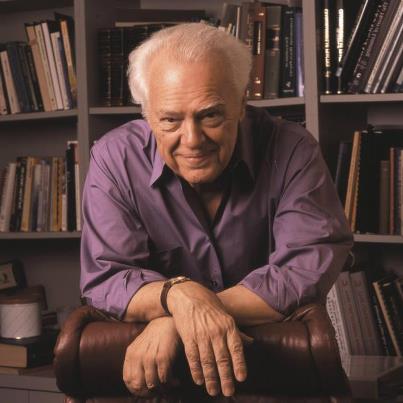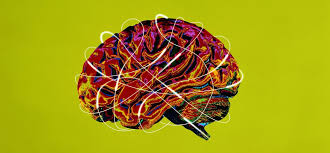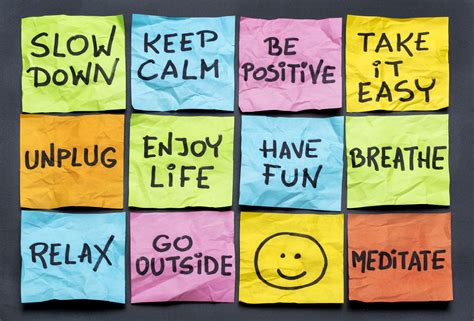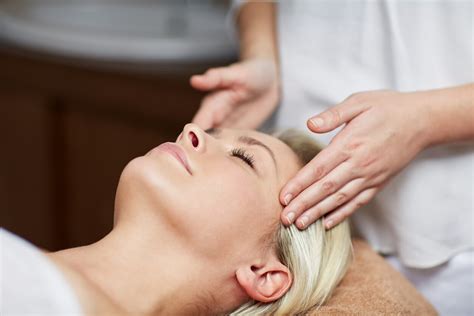Upledger Craniosacral Therapy Near Me
Columbus Craniosacral Therapist: Sharon Hartnett CST Diplomate Certified.
In 2003, I was drawn to an Upledger Craniosacral Therapy (CST) class in Washington DC. The class was huge. The information was vast and based on the anatomy, physiology of the Craniosacral System which I knew next to nothing about except for briefly skimming over the basics.
However, I was drawn to learning CST because while I was already a healer, Structural Integration Therapist,Hakomi practitioner, and massage therapist, I had visited an advanced Upledger Craniosacral Therapist-Suzanne Herberts- whose work I found to be amazingly profound, and transformational. So off I went to learn to study Dr. John’s work.
The first. class taught me the foundational 10 step protocol and was the first of many classes on a life long journey. I won’t lie, and tell you that it was easy. Not many schools teach the work of Craniosacral Therapy, nor have many people ever heard of it unless they are “in the know”. There is a lot to learn and you have to enjoy learning the extensive anatomy of the body to become highly effective and specific in the CST work. Yet when you fall in love and feel passionate about something, you step into it and immerse. At least I do anyway.
Over many years, I have continued to study this work. It is an ongoing exploration. The human body is our sacred vessel in which we live, and there is great wonder in dialoguing with each person, and what lives within. While its foundation is clear, there are many ways to weave in and out of the human body with intuition, expertise and understanding. With an open mind and healthy techniques, we can delve deep into the Inner Wisdom to unlock many healing capabilities.
In any case, when I looked at Craniosacral Schools, I simply decided that the Upledger Institute was the best around. Dr. John Upledger had a wonderful reputation as being magically skillful, but also made the work available in a way that many people could learn and help others. If anything, I would say the biggest gift he brought to this world was making Craniosacral Therapy ubiquitous. People across the world and over have studied and used his methodology and teachings to serve others.
About Dr. John Upledger and what makes his teaching stand out.
Dr. John Upledger’s approach to craniosacral therapy (CST) exels because of its unique blend of deep scientific understanding and a profound respect for the body’s natural ability to heal. What truly sets his teaching apart is the emphasis on listening to the body—something that goes beyond technique and into the realm of intuitive healing. Upledger believed that CST wasn’t just about manipulating the body, but rather about creating a nurturing environment for the body to heal itself.
He introduced an innovative perspective with his pioneering research, showing how the craniosacral system, which includes the membranes and cerebrospinal fluid around the brain and spinal cord, plays a crucial role in health and wellness. His work demonstrated that imbalances or restrictions in this system could affect the entire body, influencing both physical and emotional health.
What makes Dr. Upledger’s teachings so special is his deep belief in the therapist’s role as a guide or facilitator in the healing process, rather than someone who “fixes” the patient. He encouraged his students to embrace a gentle, hands-on approach while cultivating sensitivity and an open heart to connect with the body’s rhythms and energy.
In his workshops, he created an atmosphere of trust and openness, helping practitioners develop the skills to tune into the body’s subtle signals. His warm, approachable style made learning this powerful therapy accessible to so many, and his focus on self-awareness and self-care is at the core of his philosophy. For him, CST was more than a therapy—it was a way of being, a way of offering compassion, and a path to healing.
Discover the Healing Touch of Craniosacral Therapy by Dr. John Upledger
Many clients find Craniosacral Therapy to be deeply relaxing and effective in promoting overall well-being. Here’s how it can benefit you:
-
Gentle and Relaxing: Craniosacral Therapy involves light touches on the head, neck, and spine, offering a calming experience that helps reduce stress and anxiety. It’s a peaceful way to feel deeply relaxed, both physically and mentally.
-
Relieves Tension and Pain: Whether you’ve been dealing with headaches, neck pain, or chronic muscle tension, this therapy targets areas where stress and discomfort accumulate, providing relief without the need for intense manipulation.
-
Improves Mobility: The therapy enhances the movement of the cerebrospinal fluid, which nourishes your brain and spinal cord. This can lead to improved flexibility and a sense of lightness in your body, helping you feel more mobile and free.
-
Supports Healing of Injuries: If you’ve had physical trauma or injury, Craniosacral Therapy can support the healing process. It helps improve circulation and reduces inflammation, allowing your body to recover at its own pace.
-
Balances Your Body and Mind: Beyond physical relief, many people report a sense of emotional balance and clarity after sessions. Craniosacral Therapy gently encourages harmony between your body and mind, supporting your emotional well-being.
-
Personalized Care: Dr. Upledger’s approach focuses on listening to your body’s unique needs. Each session is tailored to you, creating a safe space where you can experience deep healing.
Obviously, I am a big believer in Dr. John Upledger’s Work. The school is known for its high level teaching and it’s teaching staff being top notch. More importantly though, I keep coming back to the love of connection, melding and evolving that comes out of this work. It changes everything when a person is met, understood, tuned into, and appreciated with skill, touch and presence. Being the therapist also is deeply rewarding.
For You
If you’re seeking a holistic and nurturing way to address physical discomfort or simply want to restore balance and peace to your life, Craniosacral Therapy could be the supportive therapy you’ve been looking for.
About the Author
Sharon Hartnett CST-D is a Diplomated Certified Upledger Craniosacral Therapist approved through the Upledger Institute. She has worked in Integrative Therapies for close to 30 years. If you would like to find out more about UI, you can go to: www.upledger.com
Or you can call Sharon Hartnett for a free 15 minute phone consultation at 614 653-8111
www.craniosacraltherapistcolumbus.com





